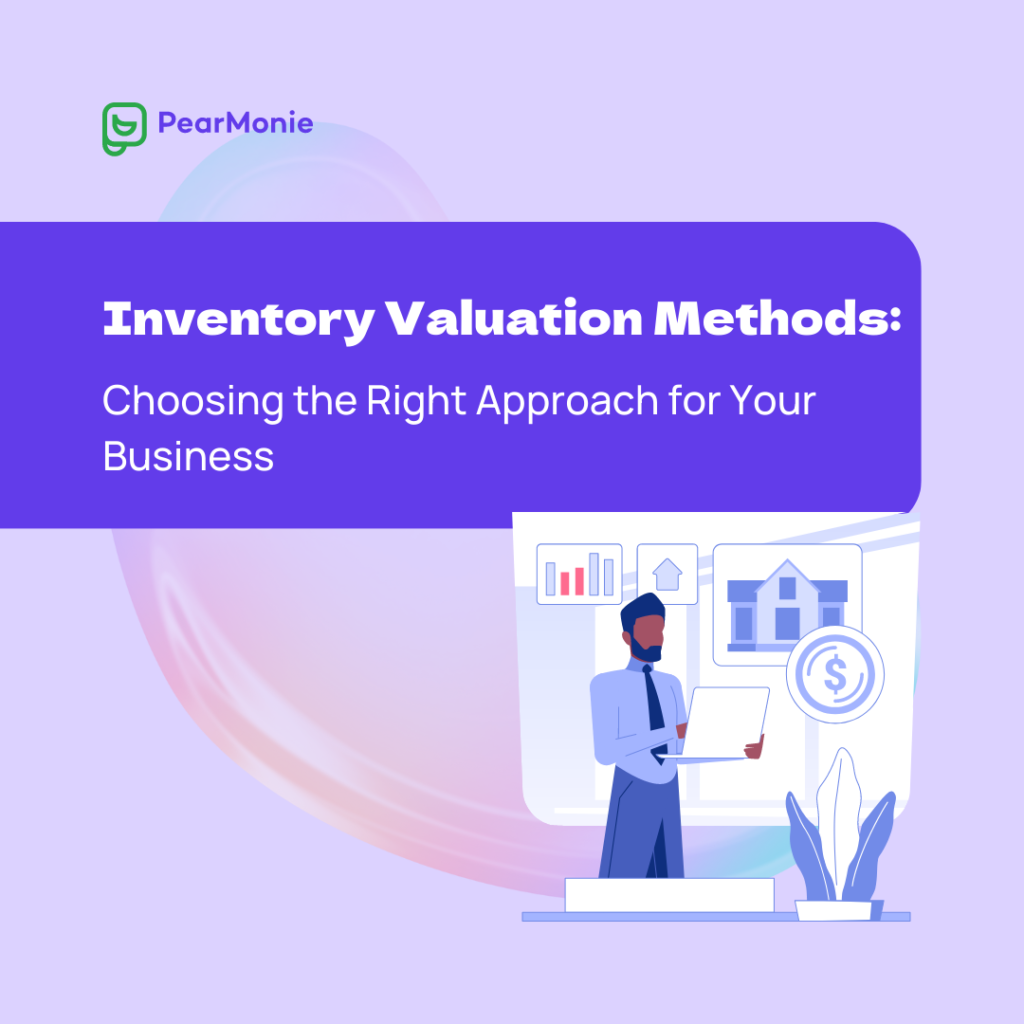As a business owner, one of the most critical aspects of managing your finances is through inventory valuation methods. Inventory valuation simply refers to the process of determining the value of your business’s inventory at any given time.
An inventory valuation method is a system or approach used by businesses to assign a value to their inventory (i.e., the goods they hold for sale) for financial reporting purposes.
These methods determine how the cost of inventory is calculated and how it impacts the company’s financial statements.
Understanding the inventory valuation method is essential, as it helps determine how much you can report as profits or losses, as well as how much you owe in taxes.
There are three primary inventory valuation methods, and each one has its advantages and disadvantages. These methods include:
First in, First Out (FIFO)
FIFO works on the principle of first in, first out. In other words, the items you purchase or produce first are sold first. This method values inventory based on the cost of the oldest items in stock. It is a popular method because it provides a logical perspective on the flow of goods and is suitable for businesses that stock perishable items or items with shorter shelf lives.
Last in, First Out (LIFO)
Unlike FIFO, LIFO works on the principle of last in, first out. In other words, the items you purchase or produce last are sold first. LIFO values inventory based on the cost of the newest items in stock. This method is suitable for businesses where prices are steadily rising, as it provides a more accurate picture of the cost of goods sold.
Average Cost Method
As the name implies, the average cost method values inventory based on the average cost of all items in stock. This method takes into account both the cost of items purchased at different times and the quantity of each item in stock. This method is suitable for businesses dealing with non-perishable items or those that have a stable pricing structure.
Conclusion
Understanding the inventory valuation method is essential for every business owner. The method you choose can significantly impact your reported profits, losses, and taxes. Therefore, it’s vital to weigh the advantages and disadvantages of each method and choose one that best suits your business needs.
